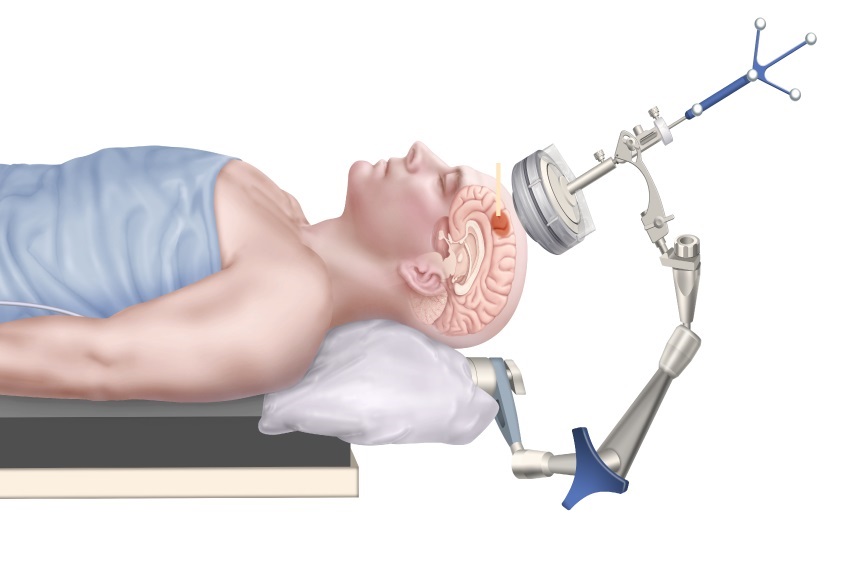Focused Ultrasound Technique Gets Quality Assurance Protocol
Posted on 08 Apr 2024
In recent years, researchers have harnessed the potential of focused ultrasound (FUS) in combination with microbubbles to temporarily open the blood-brain barrier (BBB), a method that significantly enhances the delivery of therapeutic agents directly to brain tissues or facilitates the extraction of biomarkers for various brain conditions. This innovative approach employs ultrasonic energy to precisely target brain areas requiring treatment or analysis. Following the identification of the target area, microbubbles are introduced into the bloodstream, traveling to the site and creating minute openings in the BBB as they burst. This process allows for the bidirectional transfer of drugs into the brain or biomarkers from a tumor or other brain diseases into the bloodstream. Despite the rapid advancement of this technology, ensuring its safe and consistent application has presented challenges.
After years of developing the noninvasive technique, researchers at Washington University in St. Louis (WUSTL, St. Louis, MO, USA) have now developed a quality assurance protocol to ensure safe treatment and consistent functioning of their guided focused ultrasound device. This quality assurance strategy involves integrating an acoustic sensor with the FUS device to perform three critical quality assurance checks: verifying the device functions consistently, ensuring that acoustic coupling, or a gel that allows the signals to transmit from the body to the transducer, can detect air bubbles trapped in the transducer, and confirming the consistency of the treatment process. The researchers found that their passive acoustic detection protocol can be integrated with a clinical FUS system for the procedure’s quality assurance.

During their clinical trial involving 10 patients, the quality assurance measures were largely successful with the FUS device meeting quality assurance standards in nine cases. However, when assessing acoustic coupling, initial tests indicated failures in four out of nine instances due to air bubbles in the ultrasound probe or gel, which could potentially reflect ultrasound waves, reducing the energy reaching the brain. These issues were addressed until the coupling passed quality assurance in most cases. The protocol also evaluated the treatment's consistency by monitoring the pattern of microbubble cavitation, which should show a rapid increase in activity followed by a return to baseline. This quality assurance approach demonstrates the feasibility of integrating passive acoustic detection with clinical FUS systems, ensuring the safety and reliability of this cutting-edge technology.
“Without a systematic and quantifiable approach to evaluate FUS devices before each procedure, the functionality of the FUS system cannot be guaranteed,” said doctoral student Chih-Yen Chien. “Our study is the first to evaluate passive acoustic detection-based quality assurance for FUS systems with applications that can be extended beyond BBB opening to include other applications, such as ultrasound neuromodulation.”
Related Links:
Washington University in St. Louis














